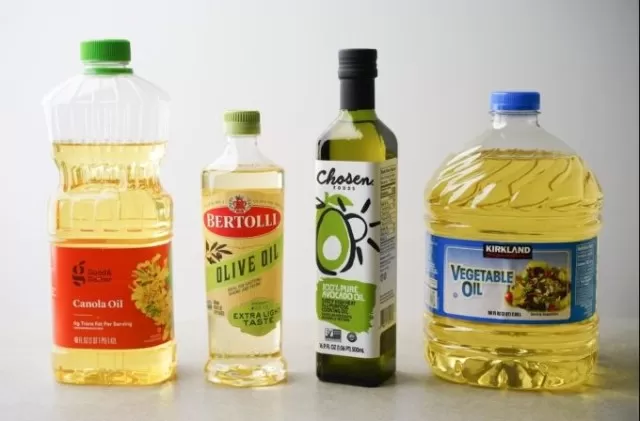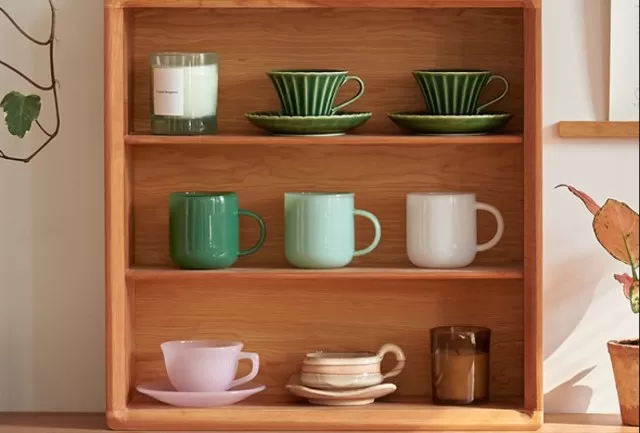By purging forgotten, expired, mismatched, and flavorless kitchen items, you can maximize storage space and create a well-organized environment.
Additionally, this process provides an opportunity to thoroughly clean empty cabinet shelves and drawers before replenishing them with new and fresh items.
Let’s explore the items that should be discarded, relocated, or donated without delay.
12 Unhelpful Kitchen Items

Begin by decluttering and organizing your kitchen to create a more functional space.
Start with cooking oils by removing them from cabinet shelves and checking their expiration dates. Open the lids to ensure the necks aren’t chipped and give the oils a taste to ensure they’re still good.
Dispose of chipped bottles, rancid oils, and those past their expiration dates. Clean the bottles you plan to keep and wash the shelves with Soapy Water before returning the oils to their spots.
Next, tackle old spices by checking their expiration dates and using your senses to determine if they’re still fresh.
Discard any expired seasonings and consider refilling empty jars with purchased-in-bulk organic herbs and spices to save money and reduce waste.
Organize plastic containers by matching lids to their corresponding containers and getting rid of unmatched components.
Dispose of plastic containers labeled with hazardous plastics (numbers 3, 6, or 7) and keep those coded with safer plastics (numbers 1, 2, 4, or 5). Organize the containers by size and only keep those you need and are likely to use.
Clear out the junk drawer in your kitchen by emptying its contents and getting rid of items without a purpose.
Recycle receipts, takeout menus, and user manuals are available online. Use dividers to organize the remaining items and ensure a clutter-free drawer.

Check your pantry staples by using your sense of smell or taste to determine if they’re still good.
Dispose of any rancid items and create a list of items to replace. Be ruthless in getting rid of items you didn’t or won’t use.
Place items with the nearest expiration dates in the front of your pantry for easy access.
Regularly purge your freezer to keep it organized and prevent the buildup of inedible foods.
Follow guidelines from Food safety. gov to determine when to throw out different frozen items based on their storage times.
Dispose of expired condiments, opened lunch meat, and leftovers that have been in the refrigerator for too long.
Follow the recommended storage times for various food items to ensure food safety. Schedule an annual thorough refrigerator purge to start fresh.
Evaluate your kitchen equipment and move any items you don’t use monthly to storage areas such as the pantry or basement.
Put a date on appliances or pans when storing them to keep track of their usage.

Get rid of cracked, chipped, and stained glasses and mugs as they can be unsightly and unsafe.
Consider donating or repurposing glasses and mugs that are still in good shape.
Sort your pots, pans, and baking trays and dispose of nonstick ones with peeling or scratched surfaces.
Toss pans with stubborn baked-on residue and donate specialty pans that are rarely used. Organize the remaining pots and pans by size and only keep the ones you regularly use.
Clean out drawers that hold gadgets, silverware, and knives.
Remove mismatched silverware pieces, tools that are never used, and lower-quality knives. Keep only what you need, regularly use, and fit in the drawer.
Store reusable shopping bags in your car instead of a cabinet or drawer to free up space.
Keep a week or two’s worth of paper grocery bags and recycle the rest. Consider donating extras to local food pantries or homeless shelters.
*The information is for reference only.